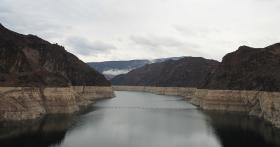Humans have been altering natural waterways for centuries, but only in the last several decades have dams raised ecological concerns.
N. LeRoy Poff, professor of biology at Colorado State University, studies the ecological impact to rivers from human-caused changes, such as dam building, and how these modified river systems can be managed for resilience.










